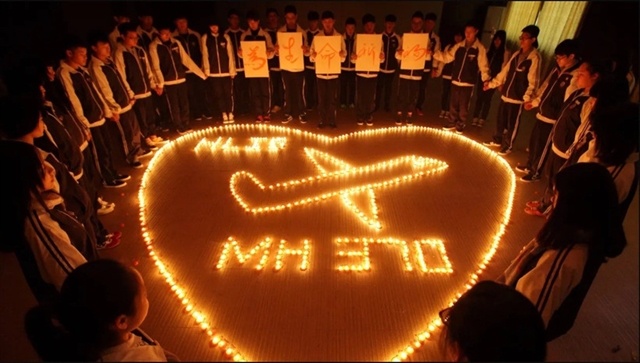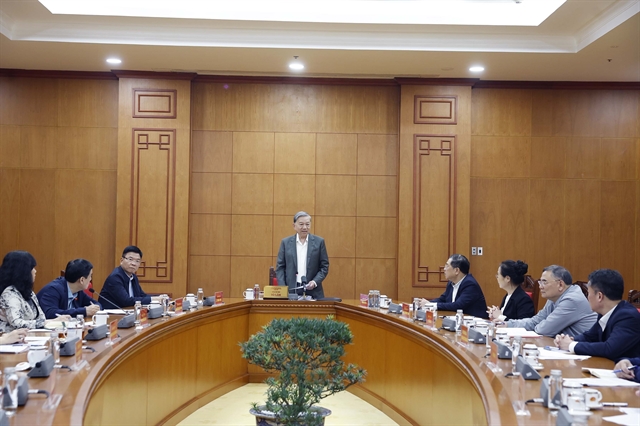 Environment
Environment
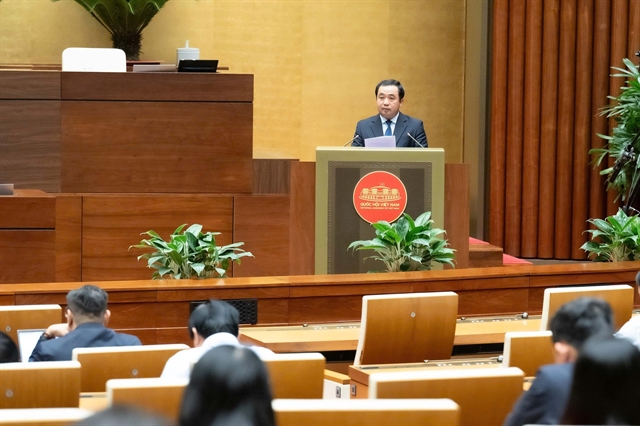
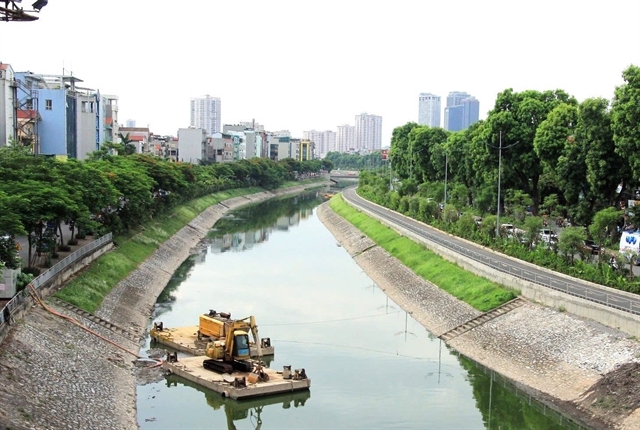 |
| The Tô Lịch River in Hà Nội. — VNA/VNS Photo |
HÀ NỘI — Under the directive of General Secretary Tô Lâm and the guidance of the Government and central agencies, Hà Nội’s work to clean up the Tô Lịch River is expected to make significant progress. However, the clean-up effort demands substantial investment, rigorous implementation and strict social discipline, with numerous challenges that must be tackled simultaneously.
Hoàng Đình Giáp, Deputy Director of the Hà Nội Planning Centre under the National Institute of Urban and Rural Planning, spoke with Vietnam News Agency about the challenges in cleaning up one of the capital city's nine rivers.
Can you share insights on Hà Nội's plan to divert water from the Red River into the Tô Lịch River as part of its restoration efforts?
The proposal to divert water from the Hồng (Red) River into the Tô Lịch River has been put forward by Hà Nội authorities, with consultations sought from the Government and relevant ministries.
Initially, Hà Nội considered drawing water from West Lake into the Tô Lịch River. However, after on-site inspections, officials found that the demand for water supplementation was extremely high, and the available water in West Lake was insufficient. Extracting too much water would disrupt the lake’s ecosystem. As a result, the city has proposed taking water from the Hồng (Red) River instead. However, this plan remains in the conceptual stage.
The specifics of implementation, including technical feasibility, are under discussion with relevant ministries. The Ministry of Agriculture and Rural Development is particularly concerned about dike protection, water intake structures and overall river management. The Ministry of Construction is reviewing the proposed construction site, while the Ministry of Natural Resources and Environment is evaluating land use planning and environmental impacts.
There are additional challenges. At times, the Hồng River’s water level drops significantly. Additionally, large-scale water diversion could impact downstream water availability, especially during dry seasons, potentially affecting irrigation for agriculture.
The issue has not yet been fully assessed. Recently, Deputy Prime Minister Trần Hồng Hà instructed Hà Nội to conduct further studies before finalising any approach. Likewise, the Hà Nội People's Committee has directed relevant agencies to explore multiple options rather than committing to a single plan.
If Hà Nội proceeds with replenishing the Tô Lịch River with Red River water, will that eliminate pollution and restore the river?
While supplementing water from the Hồng River is crucial, it alone cannot resolve the entire pollution problem in the Tô Lịch River.
Hà Nội’s top priority must be to eliminate and treat pollution sources along the riverbanks. Currently, the Tô Lịch River functions more like a drainage canal than an actual river. During recent dry periods, such as after Typhoon Yagi, there has been little rainfall in Hà Nội, exacerbating the situation.
The operation of the Yên Xá Wastewater Treatment Plant in southern Hà Nội is critical. In the northern section, near West Lake, some areas remain outside the wastewater collection network. As part of the urban planning strategy, we are proposing additional collection systems to ensure that all wastewater along the Tô Lịch River is fully treated at sewage plants. This is the fundamental solution.
Water supplementation from the Hồng River is still necessary, particularly in dry seasons. However, this plan must carefully consider input from ministries regarding dike safety, land impact, ecological effects and responsibilities to downstream communities.
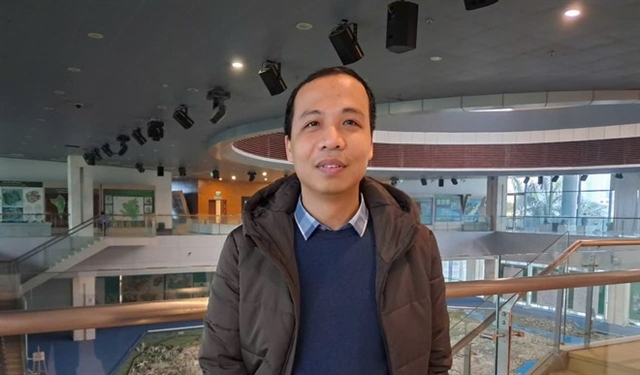 |
| Hoàng Đình Giáp, Deputy Director of the Hà Nội Planning Centre under the National Institute of Urban and Rural Planning. VNA/VNS Photo Hùng Võ |
Despite numerous past efforts and significant financial investment, pollution in the Tô Lịch River remains unresolved. What are the key obstacles?
One major challenge is Hà Nội’s urban planning constraints. The land available along the Tô Lịch River is extremely limited.
Decentralised wastewater treatment solutions face feasibility issues due to a lack of available land. Thus, a centralised approach is necessary, requiring extensive infrastructure to channel wastewater to treatment plants such as the Yên Xá Wastewater Treatment Plant. However, large-scale projects demand substantial financial resources and extended construction timelines.
The good news is that the Yên Xá Wastewater Treatment Plant is nearly complete, and 80-90 per cent of the wastewater collection system along the riverbanks has been constructed. By 2025, once the plant is fully operational, it is expected to address the pollution issue.
If Hà Nội successfully diverts wastewater for treatment, the Tô Lịch River can regain its natural self-purification ability. With additional water supplementation from the Hồng River, the clean-up process will accelerate, allowing the river to gradually become clearer and healthier.
On February 10, the Japan International Cooperation Agency (JICA) held a workshop introducing underground plastic rainwater storage tanks for urban flood control and groundwater replenishment. Could Hà Nội benefit from this technology?
I believe this is a promising supplemental solution that Hà Nội should consider.
By capturing rainwater in underground storage tanks, we can prevent stormwater from overwhelming drainage systems and causing urban flooding. Additionally, during dry seasons, stored rainwater could be used for tree irrigation, street cleaning and even reducing the demand for drawing water from the Hồng River into the Tô Lịch River.
Recently, Deputy Prime Minister Trần Hồng Hà encouraged investment in a project to channel water from the Hồng River into the Tô Lịch River, with Hà Nội authorities actively pursuing this initiative. How will these efforts improve the river’s environment, particularly in the context of the nation’s revitalisation?
I am confident that cleaning up the Tô Lịch River will see significant progress soon.
Recently, General Secretary Tô Lâm held meetings with the Hà Nội Party Committee, emphasising environmental issues such as air and water quality. These concerns are not just about Hà Nội’s image but also public health.
With the General Secretary’s directives, the Government’s strong leadership and active participation from central agencies and Hà Nội authorities, solutions will be implemented effectively. This includes mobilising scientists, financial resources and technological innovations to address the city’s environmental challenges.
Beyond technical solutions, should Hà Nội introduce stricter penalties for illegal wastewater discharge, especially given the poor environmental awareness among many residents?
Absolutely. To restore the Tô Lịch River and other waterways in Hà Nội, raising public awareness is crucial. People must adopt habits such as water conservation and wastewater reuse to reduce pollution levels.
However, regulations and enforcement are equally important. Strict penalties must be imposed for illegal dumping and pollution violations. For example, Decree 168/2024/NĐ-CP introduces stricter penalties for traffic violations. When strong penalties are enforced, compliance improves. Similarly, if Hà Nội implements stringent environmental regulations with clear penalties, pollution issues will gradually be mitigated. — VNS


